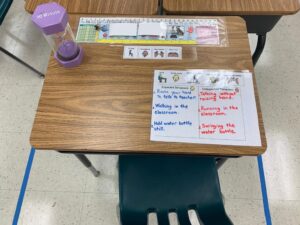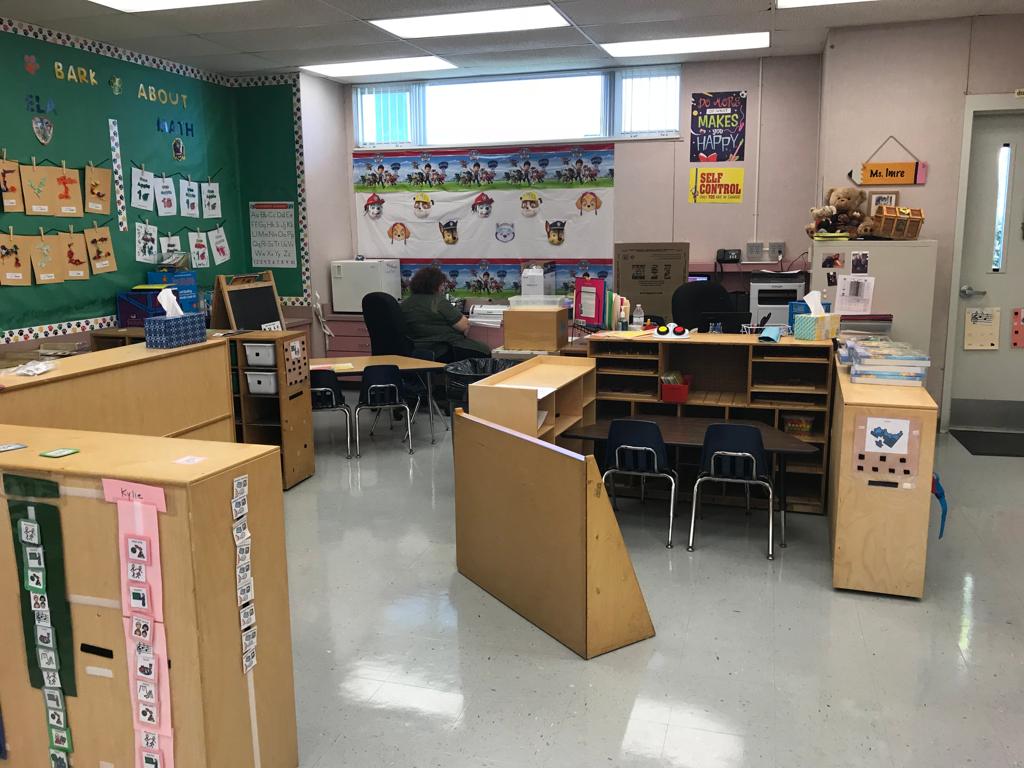
Setting up an autism classroom properly can help with skill acquisition, independence, and stress reduction. The best method to ensure that students learn effectively is to maximize the physical layout of the classroom and clearly delineate workstations.
The independence of students with autism can be substantially increased by creating a well-designed classroom with clearly defined workstations and visual clues. This is why we make sure we have lots of visual cues, reduce clutter, and eliminate distracting visuals and audio stimulus as much as possible.
CASE emphasizes the “flow” of the classroom day before setting up the physical layout. We consider the flow of students, teacher and para-professionals as they move about the classroom. By placing furniture in such a way we ensure that it supports both small and large group instruction, in addition to creating physical walkways to allow smooth transitions.
a) Each workstation, cabinets, and shelves are labeled with a picture and the corresponding word.
b) Removal of any furniture or materials that are not useful.
c) Use furniture to partition off specific areas.
d) Boundaries are established using colored tape.
We design the class layout according to the class schedule. As we set up the classroom, we make sure that follows the schedule. For instance, an area with a tile floor is better suited for snack time than language arts.
Sensory problems are common with student with autism. Hence, we attempt to limit sensory inputs as much as possible. We pay attention to windows, lightings, ceilings, and floor coverings. We take every small step to ensure seamless education to all children with ASD – from applying modifications such as lowering blinds and dimming overhead lighting and reducing noise levels by using carpets, to positioning desks away from windows or doors.
Pre-K Intensive Classroom
Elementary ASD Classroom
Inclusive Kindergarten Classroom
1st/2nd Grade Autism Class.
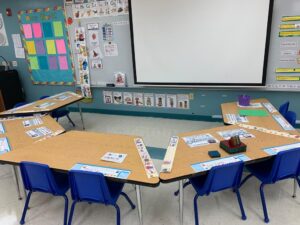
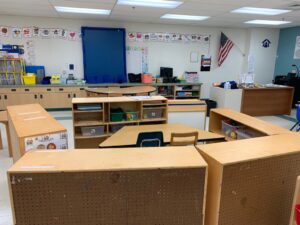

Pre-K Class centers divided with furniture.
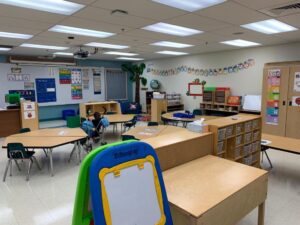
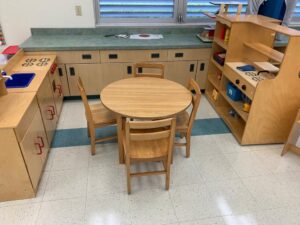
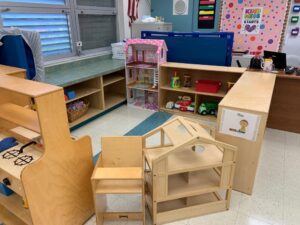
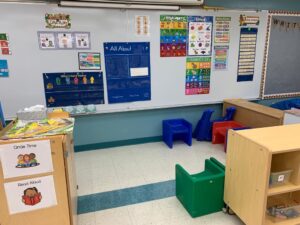
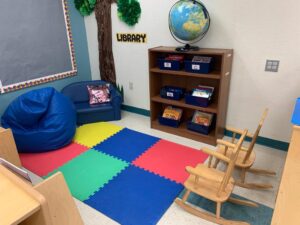
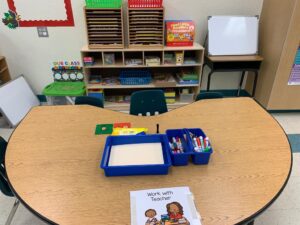
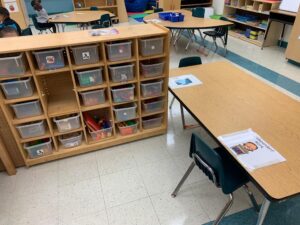

Inclusive ( mainstreamed) student with visual supports
